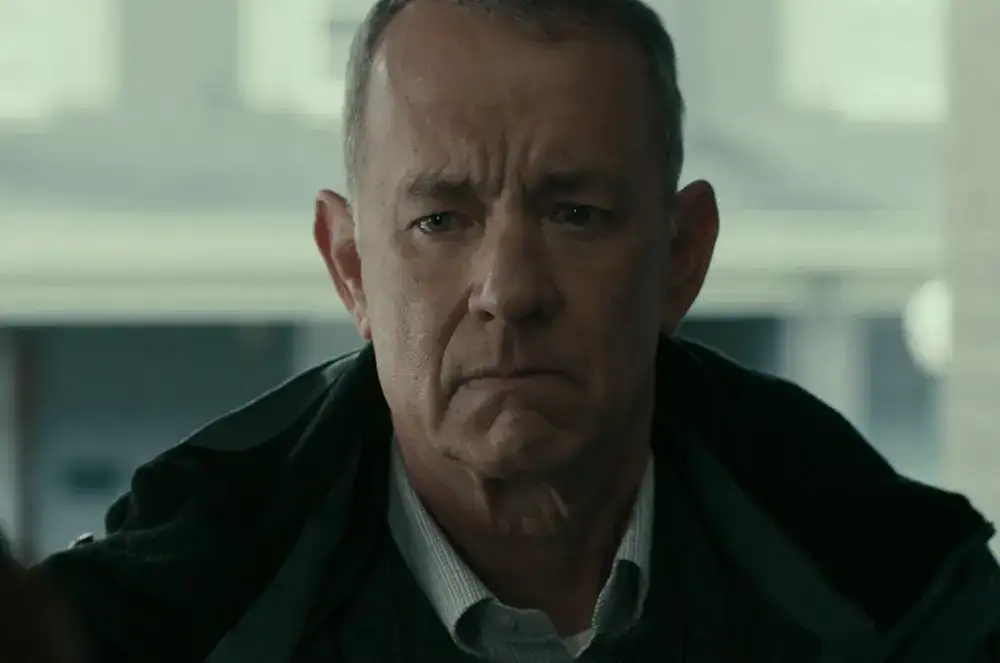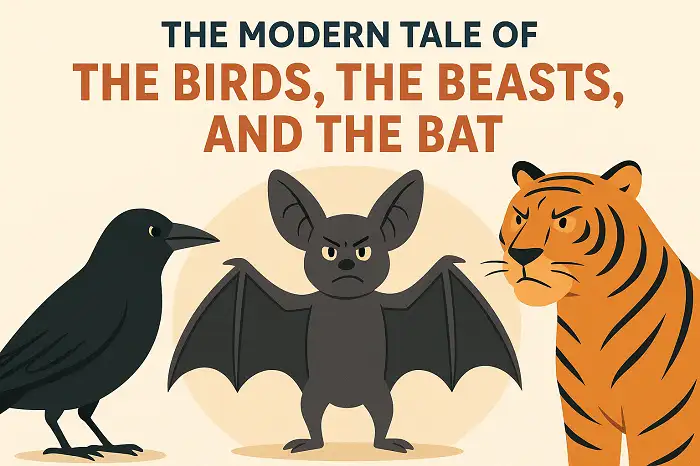A Man Called Otto movie analysis and review in our film criticism course for advanced ESL students based on the English Immersion Program A Man Called Otto movie trailer https://www.youtube.com/watch?v=9KTrhQhktPw A Man Called Otto movie analysis A Man Called Otto is a heartwarming story that explores the transformative power of human connection. The film centers around Otto Anderson, a grumpy widower grappling with the immense loss of his wife. Withdrawn and cynical, Otto feels his life has lost all meaning, leading him down a path of isolation and despair. However, his solitary world is upended by the arrival of a ...
Home » Learn English with Films Online » A Man Called Otto Movie Analysis & Film Criticism

A Man Called Otto Movie Analysis & Film Criticism
Updated: by Dr. Mohammad Hossein Hariri Asl
Time to Read: 3 minutes | 408 Views | 2 Comments on A Man Called Otto Movie Analysis & Film Criticism
Share This Post
About the Author
Dr. Mohammad Hossein Hariri Asl is an English and Persian instructor, educator, researcher, inventor, published author, blogger, SEO expert, website developer, entrepreneur, and the creator of LELB Society. He's got a PhD in TEFL (Teaching English as a Foreign Language).
Number of Posts: 4235



1. In the movie, flashback scenes are used to reveal Otto’s past, so that viewers can learn about his traumas and tragic experiences, and eventually, to feel compassion and empathy towards him.
2. Besides Marisol’s consistent kindness, there were other factors that leaded to Otto’s transformation. For instance, Otto began to experience personal growth by confronting his past and traumas. Furthermore, the support from his friends and community also played a beneficial role.
3. For instance, in the scene where Otto himself is about to commit suicide but then jump onto the railway tracks involuntarily to save the other man’s life. Or in the scenes where Marison is trying to build a friendship with Otto by bringing a meal.
Thank you for your elaborate comment on the film, A Man Called Otto.
Feedback
1. The difference between “beside” and “besides”= Beside is a preposition, while besides is a conjunction. You recognized the function of ‘besides’ correctly. However, besides is used to connect two independent clauses. In this context, you could use “in addition to”.
2. The simple past tense of “lead” as a verb is “led”.